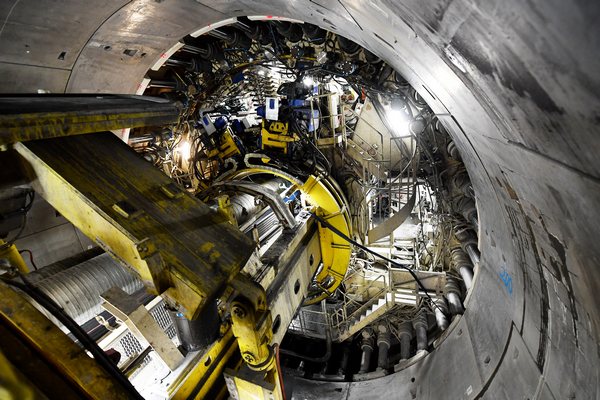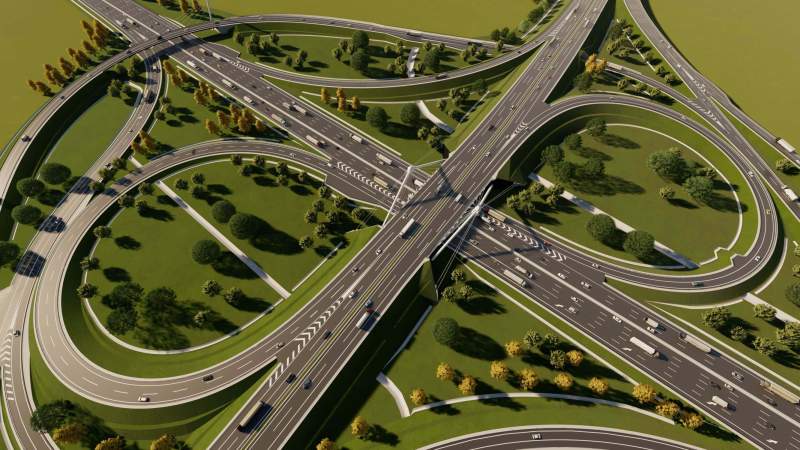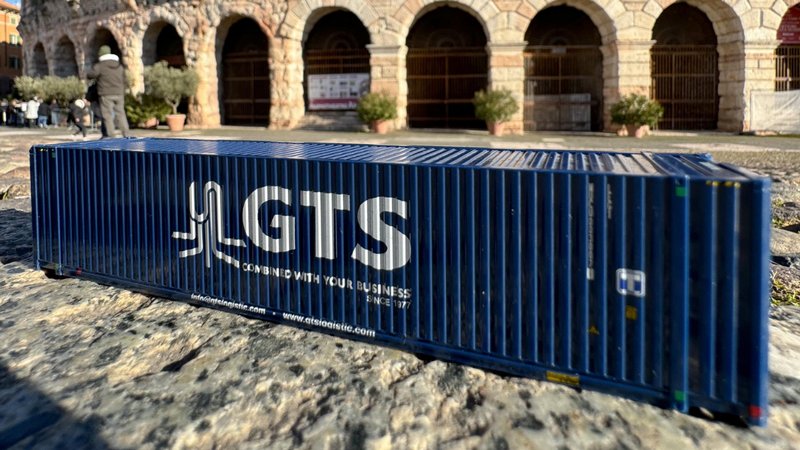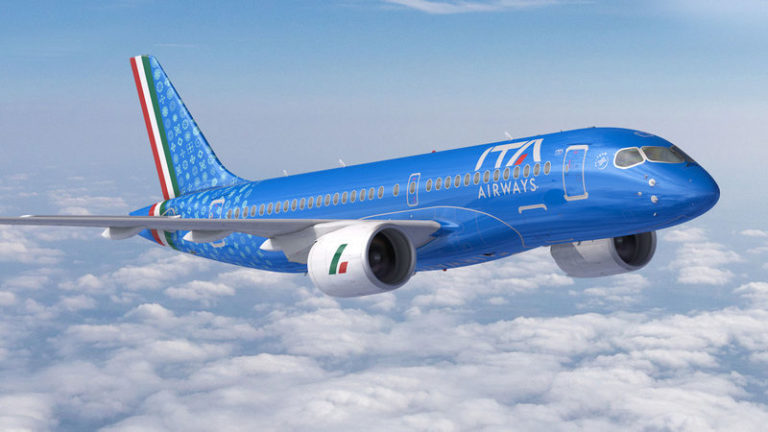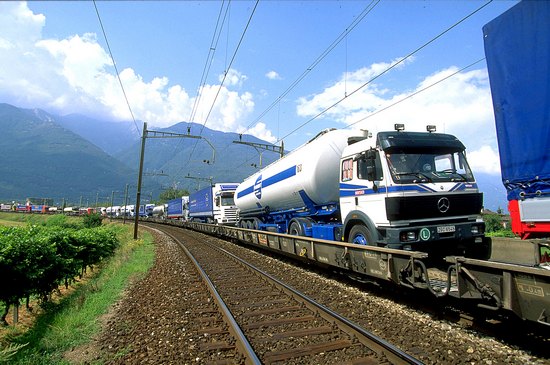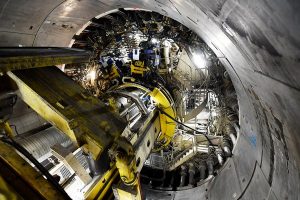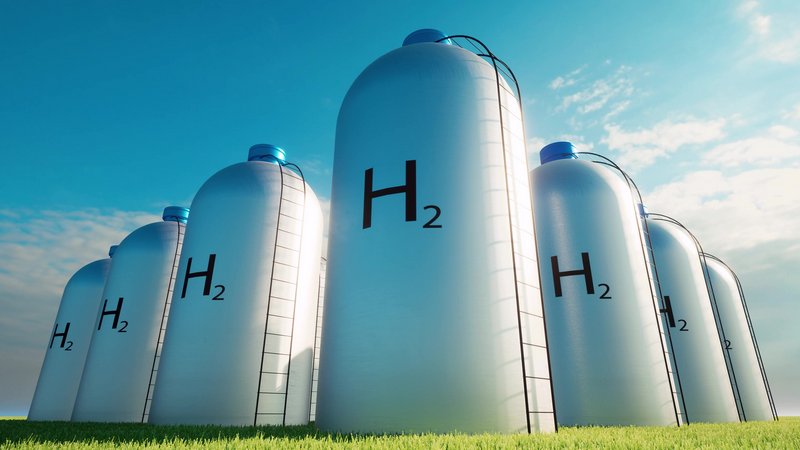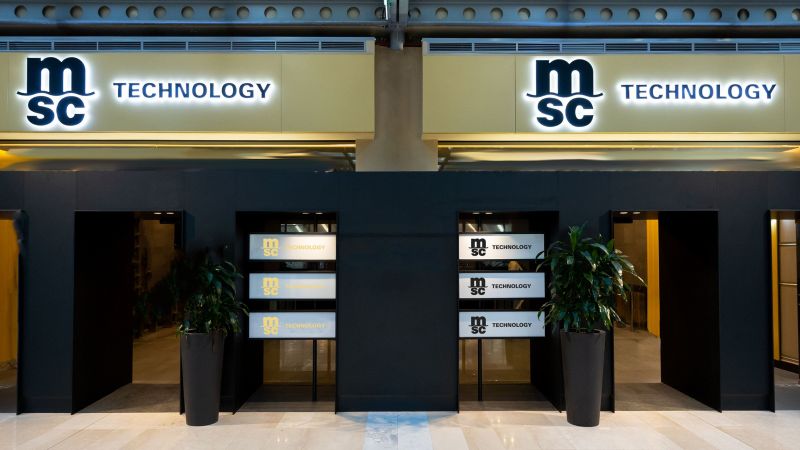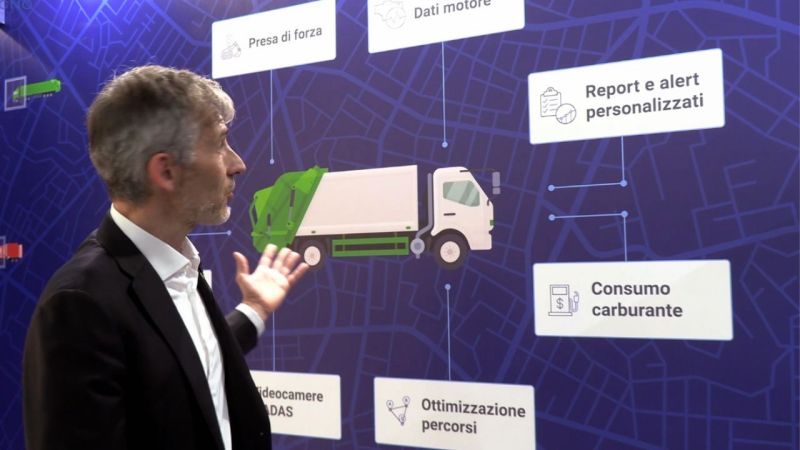On March 25, 2024, the European Commission's Union's Directorate-General for Competition formally communicated to the Ministry of Economy – which holds control over ITA Airways – through a Statement of Objections, its concerns about the deal potentially harming competition and leading to fare increases. The European Commission highlighted three main areas of concern, giving the involved parties until April 26 to respond.
The first concern involves routes between Italy and certain European countries. The combined direct and indirect flights of ITA and Lufthansa could affect competition, as both airlines currently hold a significant share of these routes, with limited competition from a few low-cost carriers. The routes most affected include those to Germany, Switzerland, Belgium, and Austria.
The second point addresses some intercontinental routes where competition to and from Italy by airlines other than Lufthansa and ITA is "insufficient". The connections in question involve the United States, Canada, and Japan, taking into account Lufthansa and ITA's collaborations with United Airlines and Air Canada.
The third concern is about the slots at Milan Linate Airport, where the merger between Lufthansa and ITA could "create or strengthen" ITA's already dominant position at the Milanese airport, making it harder for competitors to provide passenger air transport services. Linate Airport no longer has free slots, and 64% of takeoff and landing rights are held by ITA and Lufthansa. Therefore, the airlines might need to release some slots at Linate, a point on which other companies, such as EasyJet, have already made requests.
The European antitrust body noted that the reductions on the specified routes "represent a small part of the total short and long-haul routes and passengers served by both parties and their joint venture partners," implying a limited impact on ITA's connections. Lufthansa stated in a response that it would review the European Union's objections and collaborate with the Commission to address its concerns.


